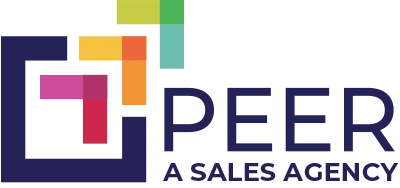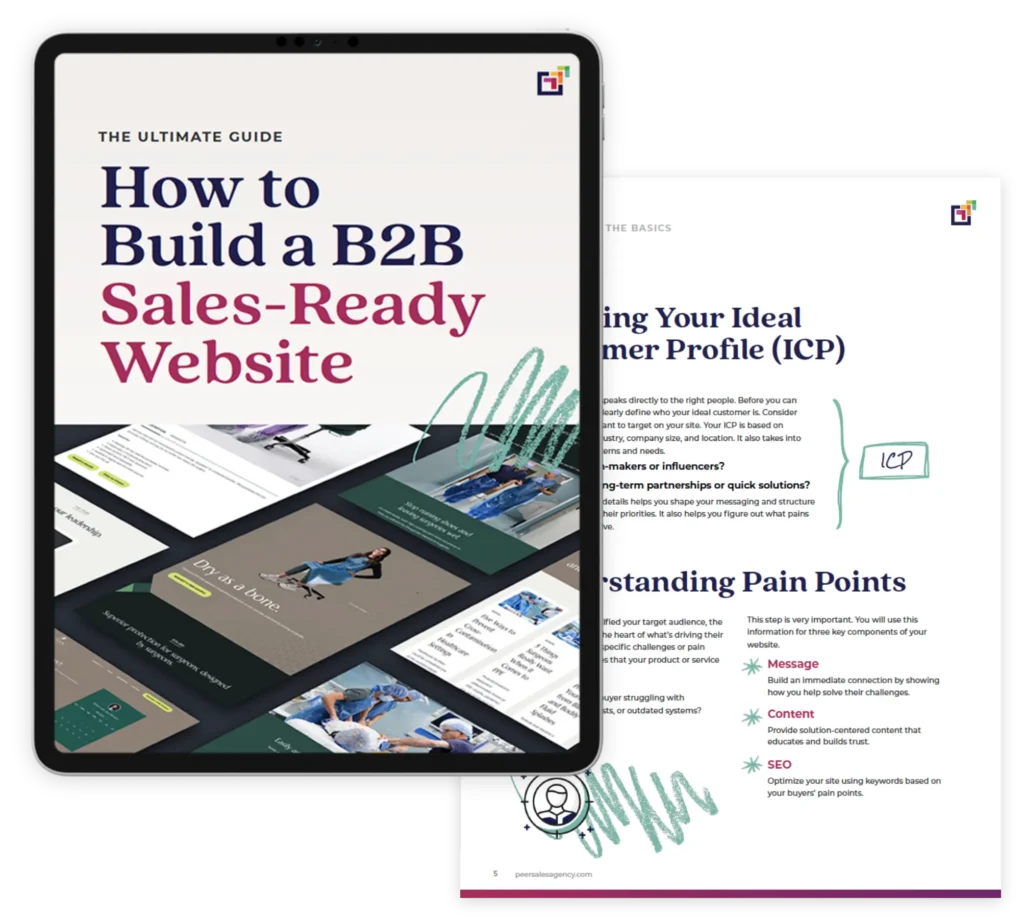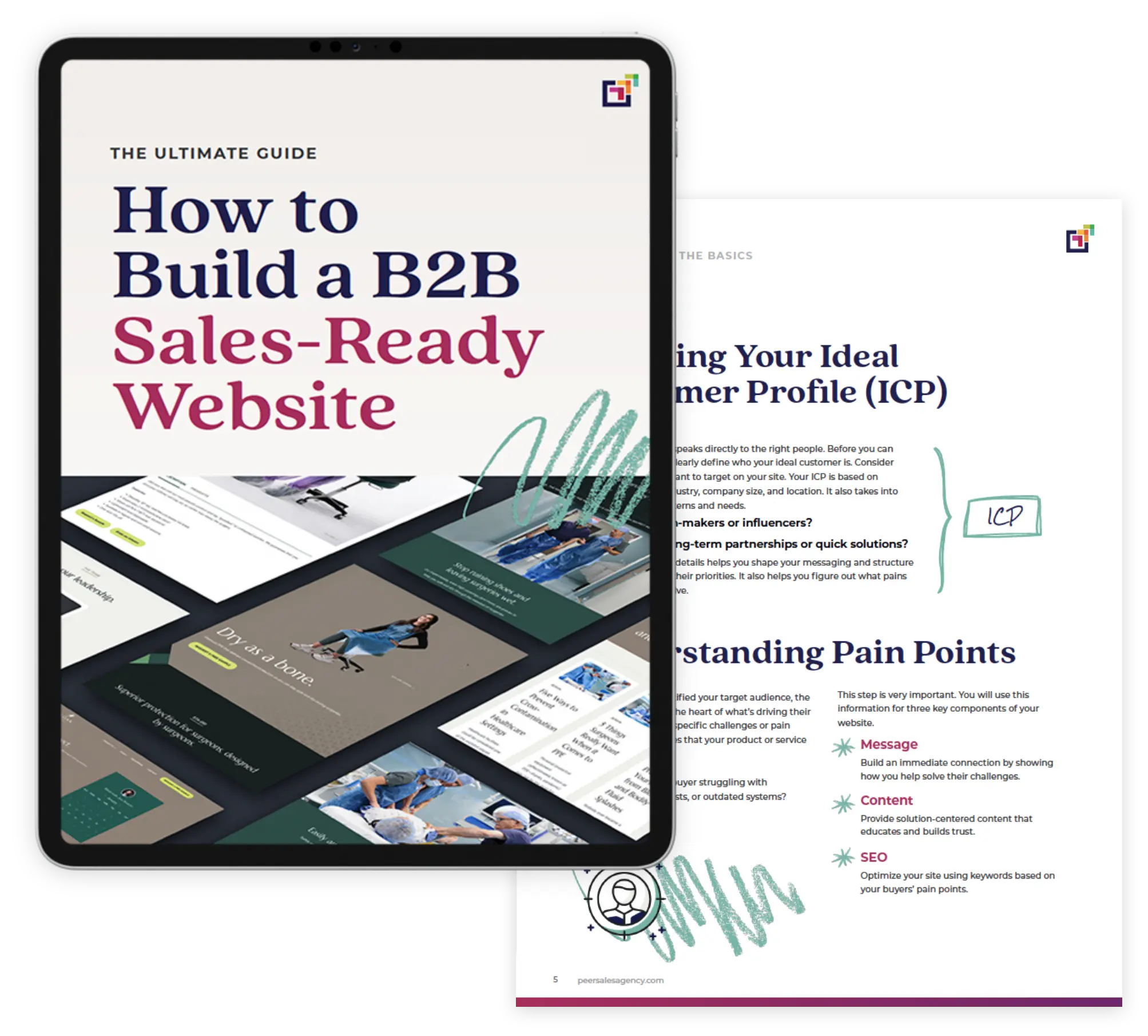We’re all dealing with it to some degree right now. Consumer confidence isn’t high, and budgets are getting frozen left and right. Marketing in economic uncertainty is a balancing act: the wrong investments now could hamper your business in the long run.
Businesses face tough decisions in times like these. It’s tempting to cut costs and reduce marketing efforts. However, those who adapt and pivot to spending the right amount on the right marketing tactics can find opportunities even in challenging times.
Marketing strategies need flexibility and creativity. The right approach can enhance visibility and drive revenue. Shifting focus instead of pulling back can make all the difference to your business’s growth and survival.
Smart marketing decisions during economic downturns mean picking your focus and choosing your battles. There are still essential marketing actions that can yield returns in any economic climate and set your business up for success when the markets recover.
Marketing in Economic Uncertainty: To Pull Back or Shift Focus?
In times of economic uncertainty, cutting your marketing budget might seem like a safe move. Unfortunately, it can actually put your business at risk, especially for small and medium-sized businesses.
When you pull back on marketing, you might lose market share and weaken customer relationships. You can miss out on those prospects who are researching solutions now, even if the purchase decision is a year down the road. If they can’t discover your product or service now, you won’t make the shortlist when they have the budget to buy.
Instead, shifting your marketing strategy can make a big difference on your long-term viability and your pipeline as a whole.
Focus on sales enablement and educational content. This approach can help close deals even in uncertain times. Educational content informs and engages your target audience. It builds trust and positions your business as a knowledgeable guide. This strategy enhances consumer confidence and influences purchasing decisions.
Here’s why shifting focus works:
- Engagement: Keep your prospects and customer base connected.
- Trust: Become a reliable source of information.
- Reach: Expand your market reach without high costs.
So, rather than cutting marketing spend, invest in smarter marketing efforts. Focus on opportunities for growth. Adapt your business models and marketing strategy to the changing market. You’ll maintain your market share and strengthen customer relationships. This approach not only safeguards your business outcomes but also opens doors to success in uncertain times.
Do This, Not That: Marketing Essentials That Earn ROI in Economic Uncertainty
Economic uncertainty shouldn’t mean halting your marketing efforts. Instead, it’s time to re-evaluate and optimize your strategies.
When every dollar counts, investing smartly in key marketing tactics and channels can protect and even enhance your business. By selecting marketing essentials that deliver a return on investment (ROI), you can maintain stability and even find new growth opportunities.
Let’s explore how to make the most out of your marketing budget during these challenging times.
Revenue-Driving Campaigns vs. Brand Campaigns
In economic uncertainty, prioritizing campaigns with clear sales and revenue goals is key.
Integrated marketing campaigns are designed precisely for this purpose. They connect with more prospects by aligning every piece of marketing towards a singular selling goal.
On the other hand, branding campaigns focus on long-term awareness without immediate sales impact. While brand campaigns are valuable, they often require longer timelines to show results and can become costlier without an immediate payoff.
Although brand recognition is important, these campaigns aren’t ideal during tight economic times. Small and medium businesses should steer towards revenue-driven integrated marketing campaigns. These ensure that every marketing dollar is geared towards business sustainability and growth, providing measurable and direct returns on investment.
Here are two quick tips for your next integrated marketing campaign:
Target Specific Segments with Precision
Instead of casting a wide net, zero in on specific customer segments that are most likely to convert. Use data analytics to identify these high-potential groups and tailor your messaging accordingly. Personalization is key; consumers expect relevant content that speaks directly to their needs and challenges. With targeted integrated marketing campaigns, your message will resonate more effectively, leading to higher conversion rates.
Optimize Performance with Data-Driven Decisions
Leverage data analytics tools like HubSpot, Google Search Console, and Google Analytics to measure the performance of your campaigns meticulously. By understanding what’s working and what’s not, you can pivot quickly and allocate resources more efficiently. This adaptability allows you to maximize ROI and minimize waste.
Keep reading about campaign research, design, and execution here.
Sales-Optimized Websites vs. Brochure Websites
A professional website is crucial for every business, acting as a digital doorstep for your company.
Not all websites serve the same purpose. A sales-optimized website is built to convert visitors into leads or even customers. They’re dynamic, interactive, and feature tons of content that guides users seamlessly towards making a purchase or inquiry.
Conversely, a brochure website merely presents information without actively engaging potential buyers – it’s the digital equivalent of a lovely business card. It might get you a few calls, but it’s not a salesperson on its own, and it won’t elevate you to anyone’s shortlist.
In uncertain economic times, investing in a sales-optimized site makes sense. It acts as a powerful sales tool, generating leads and driving sales more effectively. This investment yields a greater ROI by focusing on conversion and revenue generation.
You can still get an excellent sales-optimized website on a budget. You’ll need to take the right approach, start with a realistic (even skinny) budget, and stay committed to your streamlined approach. Get our 5 top tips to get a good sales-optimized website on a limited budget.
Sales Enablement Assets vs. Branding Initiatives and Swag
Sales teams often use branded items, or “swag,” to win over prospects. While these might create a quick impression, they may not be the wisest investments during economic downturns.
Instead, focus your marketing dollars on creating sales enablement assets that facilitate closing deals. Assets like case studies and product or service slicks convey value and trigger informed decisions.
Email templates and presentation decks provide sales reps with the tools to engage prospects confidently. Battlecards and comparison guides can help your sales team bust objections and cut through the competition.
Investing in sales enablement materials will maximize your marketing budget. These assets effectively guide prospects through the sales funnel, delivering tangible results, unlike temporary branding initiatives, coffee cups, and t-shirts.
Multi-Purpose Educational Content vs. Dropping Content Marketing
Content is an integral part of the sales process and the buyer’s journey. It’s the inviting entrance that brings prospects to your brand.
Educational content, such as blogs and case studies, addresses customer pain points and presents your solution. Even in economic uncertainty, content creation has to be part of your marketing plan.
In Google’s most recent Core update, they’ve doubled down on their focus on high-quality, valuable content produced for real people making real decisions. Think about the content on your site:
- Does it answer the “why” behind a searcher’s query?
- Is it written for a human being to read and utilize?
- Is your content high-value? (Not just keyword-stuffed)
If you said no to any of those questions, your website could be getting deprioritized in the new Google landscape. Sites lacking educational content will miss out on organic search visibility.
Furthermore, educational content can be leveraged beyond the website. Repurpose it for social media, email marketing, and sales conversations. This strategic approach not only elevates your brand’s presence but also fortifies the entire sales process, ensuring lasting impact and growth.
By weaving educational content into multiple sales and marketing channels, you’re not just creating content; you’re cultivating a versatile resource that continuously engages your prospects at various touchpoints.
Align Your Content With The Buyer’s Journey
For example, a well-researched blog post dissecting industry trends could be transformed into an engaging infographic for social media, an insightful section in your monthly newsletter, or provide great information for sales reps to use in their outreach efforts.
Each piece of repurposed content reinforces your expertise and positions your brand as a reliable source of information, which can be particularly persuasive to buyers facing tighter budgets and heightened scrutiny over spending.
Your educational content should be tailored to different stages of the buyer’s journey. Early-stage prospects might engage with foundational pain-focused information and introductory videos, while potential buyers closer to conversion might appreciate detailed case studies, testimonials, and webinars. This tiered approach ensures that your marketing efforts are both efficient and effective, meeting your audience exactly where they are in their journey.
The aim is to provide real value that resonates with your audience’s current challenges and aspirations. In doing so, your brand will not only survive economic downturns but thrive by building enduring relationships and securing long-term customer loyalty.
Adapt Your Marketing to Meet Changing Consumer Needs
Marketing in economic uncertainty can be a challenge, but it’s also an opportunity for growth and discovery. When the markets correct course, companies that adapted their marketing strategies to meet changing consumer needs will emerge victorious.
Optimize your marketing plan now. Focus on the target audience most likely to convert, and strengthen your prospect and customer relationships with the right sales enablement, tactics, and tools.
By using tools like content marketing and integrated marketing campaigns that include email marketing and social media marketing, businesses can maintain their presence and even gain market share as the competition holds back.
It’s essential to invest in the right marketing efforts, even when budgets are tight, because strong marketing can boost consumer confidence in your products and services. In uncertain times, companies that adapt can thrive by meeting their customers’ new needs.If you’re looking for help to fill the gaps in your sales and marketing processes, win more business, and increase your revenue, we’re here to help. See how we’ve helped companies all over the country grow and scale throughout all kinds of economic weather.






